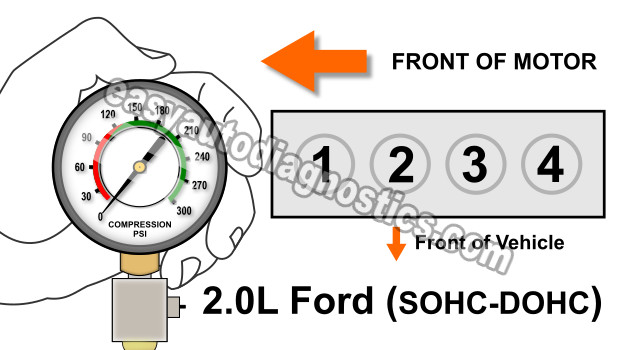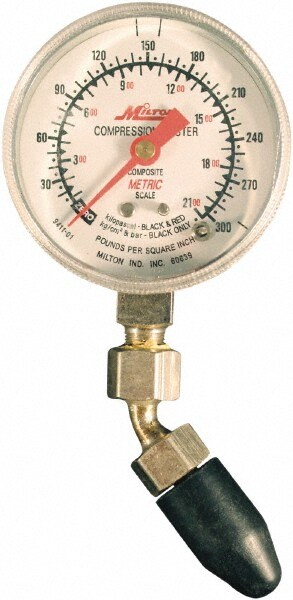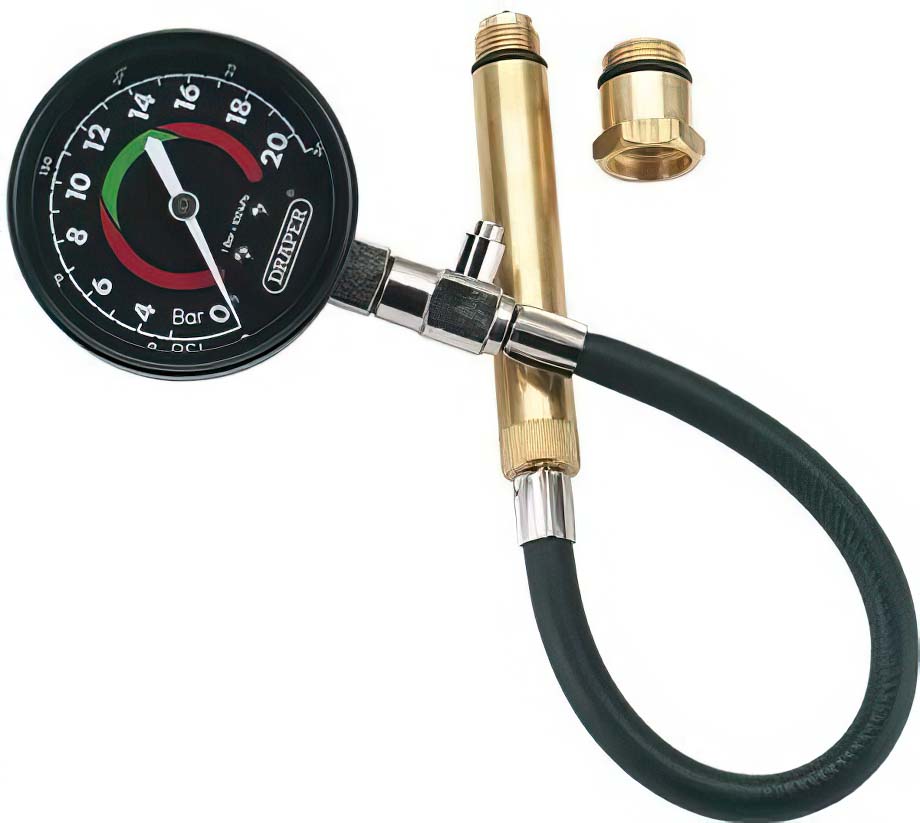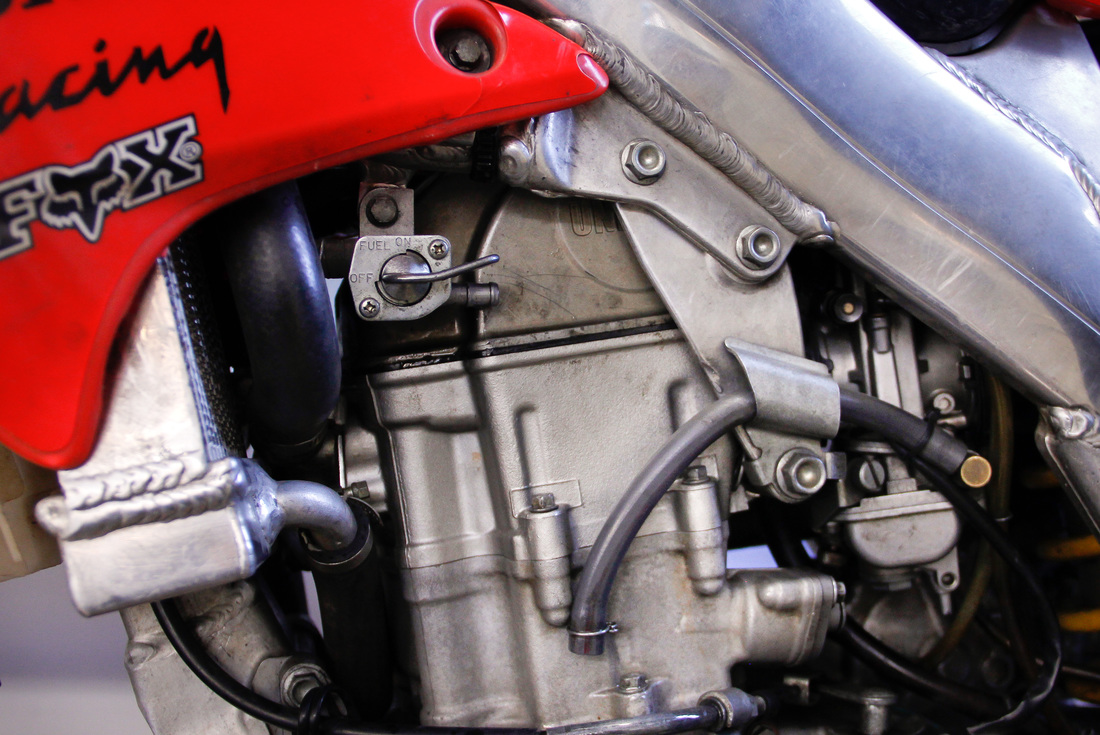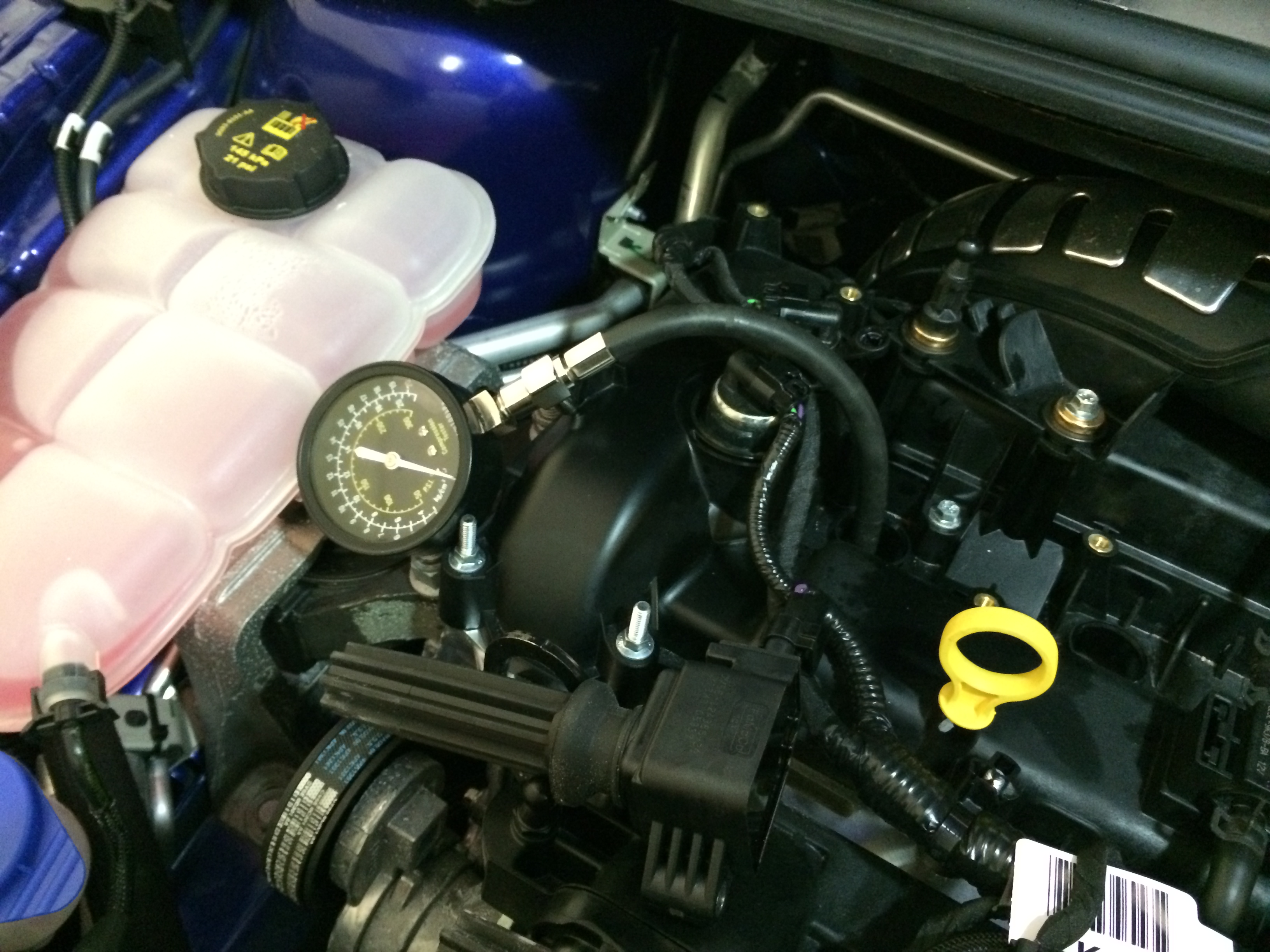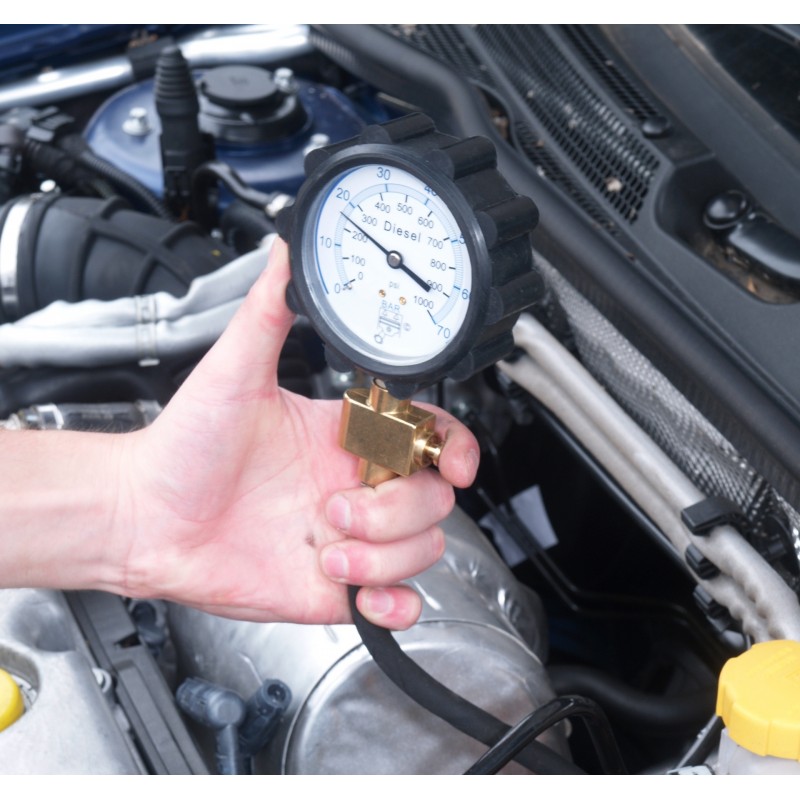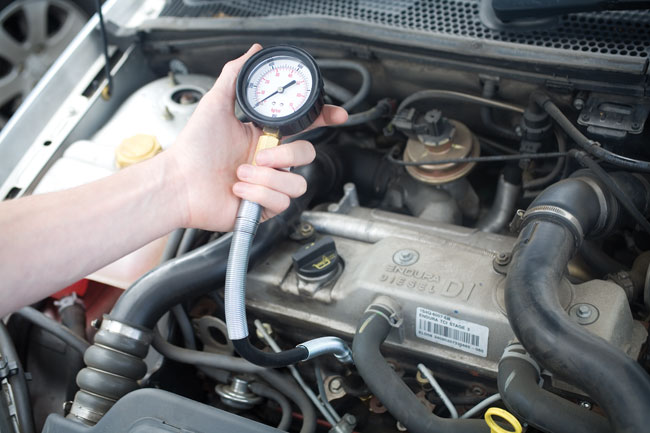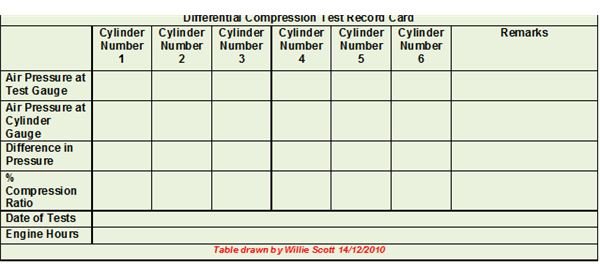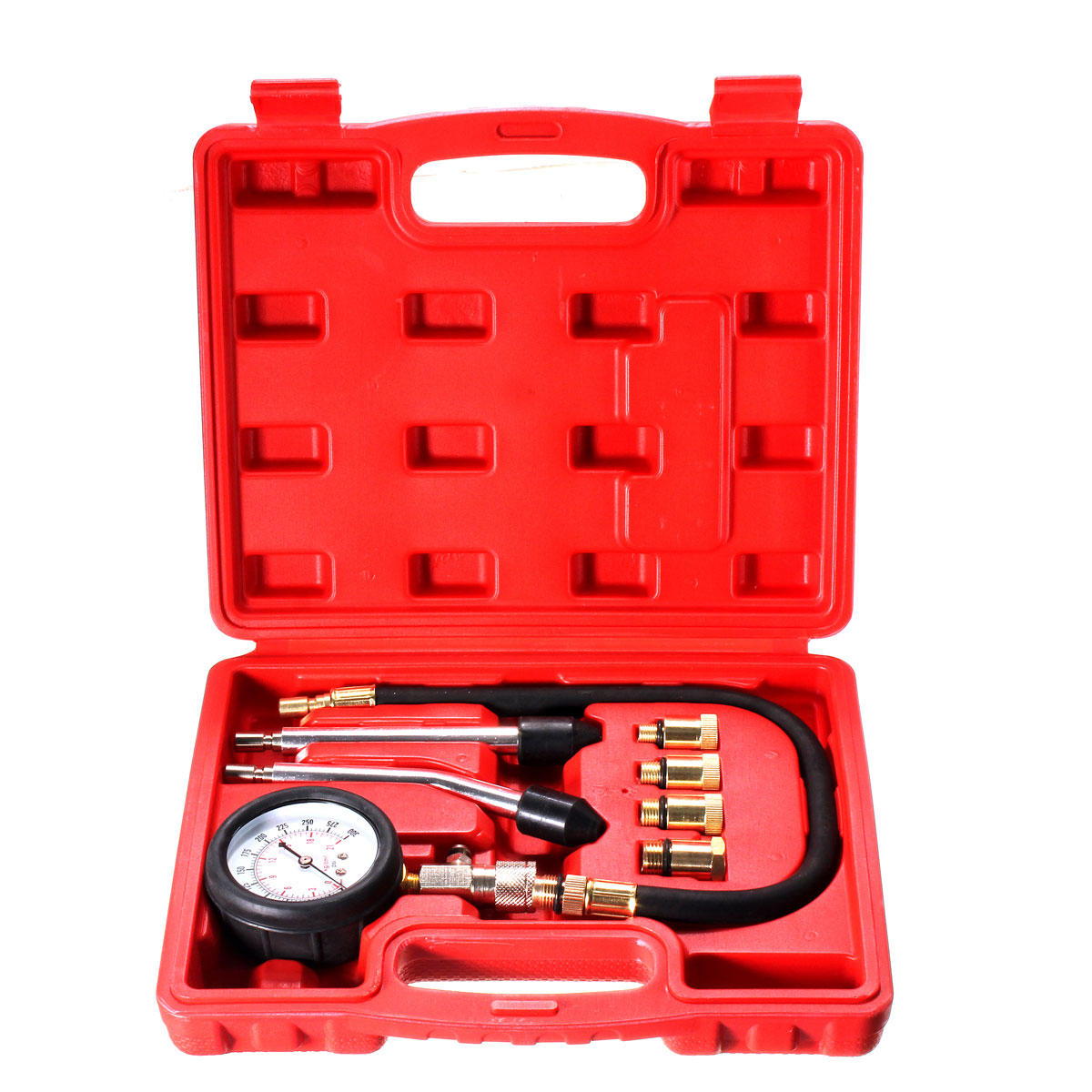It is important to perform a compression test every time a tune up is done as part of preventative maintenance. A compression test can also inform of an individual cylinder problem which can be repaired.
/cropped-image-of-man-repairing-car-engine-731853401-5b55cf57c9e77c003ed85491.jpg)
How To Perform A Compression Test On Your Engine
How to compression test engine. Consider doing a compression test. Cylinder compression can inform you on how much wear an engine has on. Heres how to use a compression gauge. On vehicles with distributors. Performing the test 1. A compression test is a good way to measure the condition of the rings cylinders and valves.
Double check that you disconnected the appropriate stuff so the engine doesnt actually start. Now turn the key and crank the engine over for about 10 seconds. Crank the engine at least 4 times to. All you have to do is connect the gauge in place of a spark plug and test each cylinder pressure in turn. Connect the compression gauge to the opposite end of the hose. You can compression test the cylinders with the help of a compression gauge.
Have someone sit in the drivers seat with the engine off the gearshift in park or neutral and the parking brake on. Youre all set up now and ready to actually do the compression test. Put the compression test adapter into the engines first cylinder. The needle on the compression gauge will stay at the highest indicated compression reading. If your engine is running rough or is lacking power. If youre testing a diesel engine make sure youre.
Press the pressure release valve on the side of the gauge which will return the gauge to zero pressure for the next test. On vehicles with. Look down on the engine to figure out which. Pull the big wire that leads. The next step depends on the type of distributor you have. Once you have the results you compare your gauge reading to manufacturer specifications and interpret your results.


